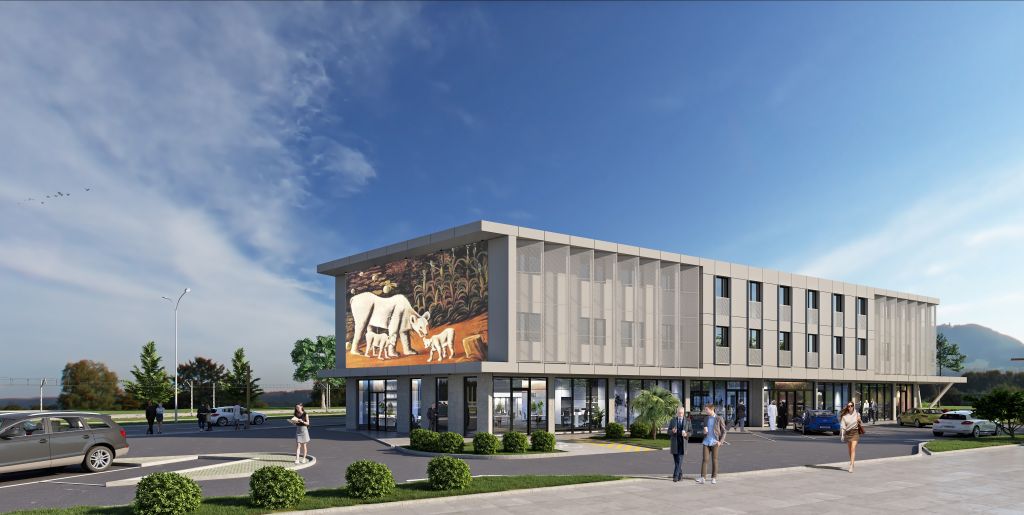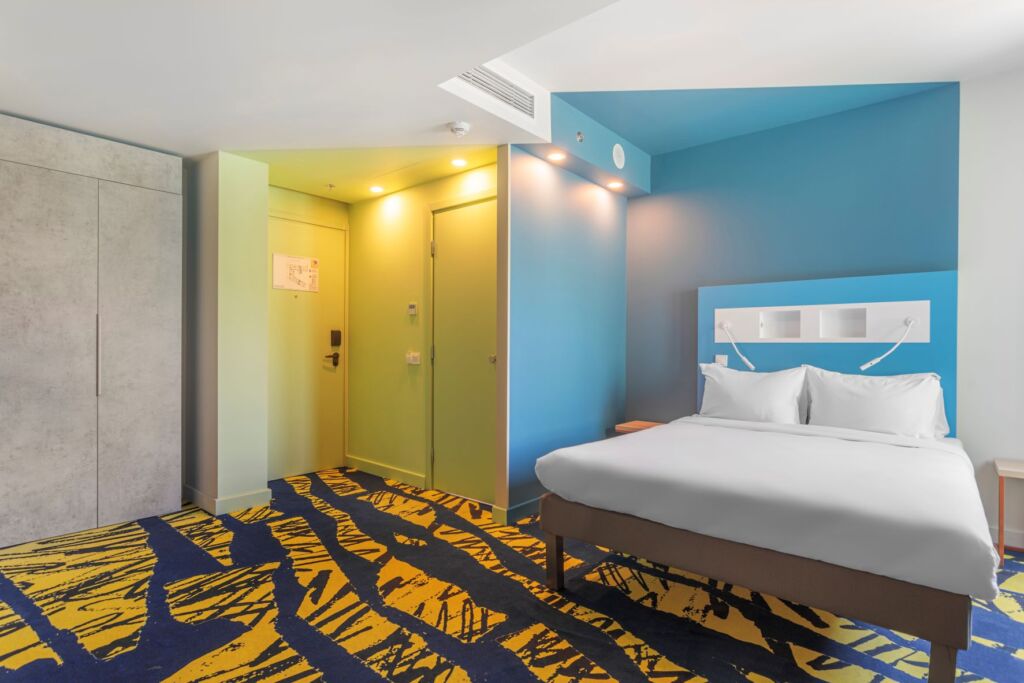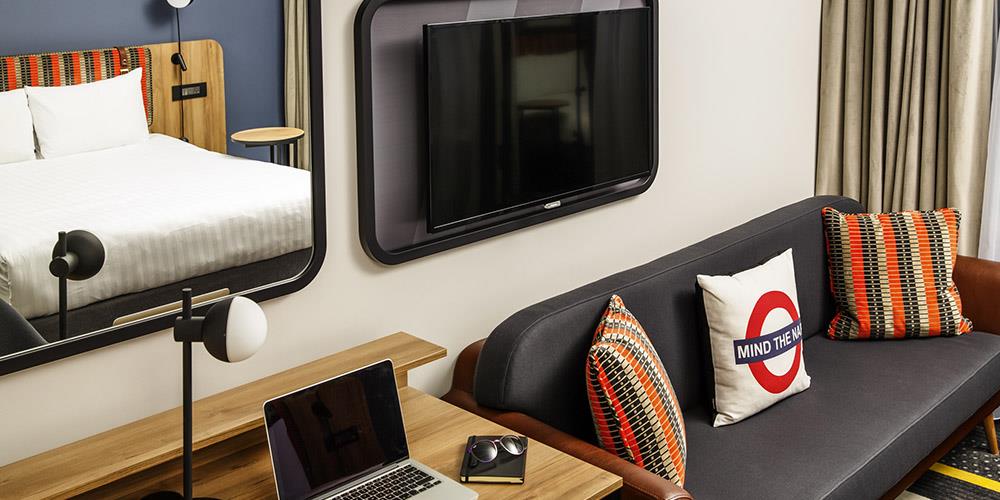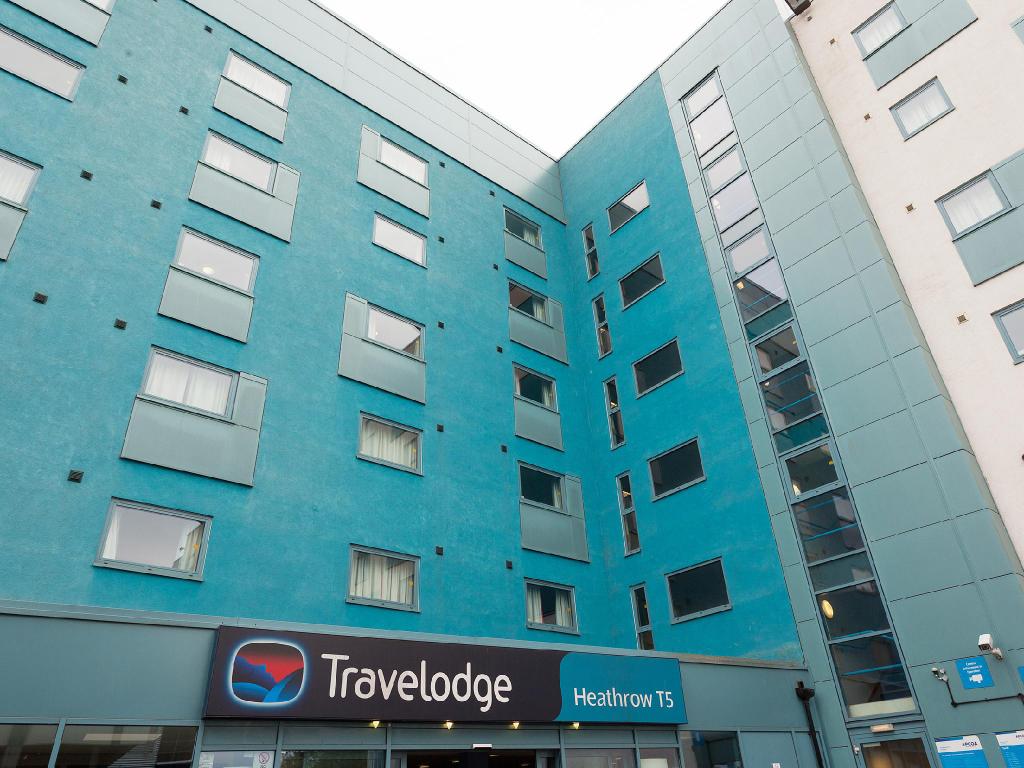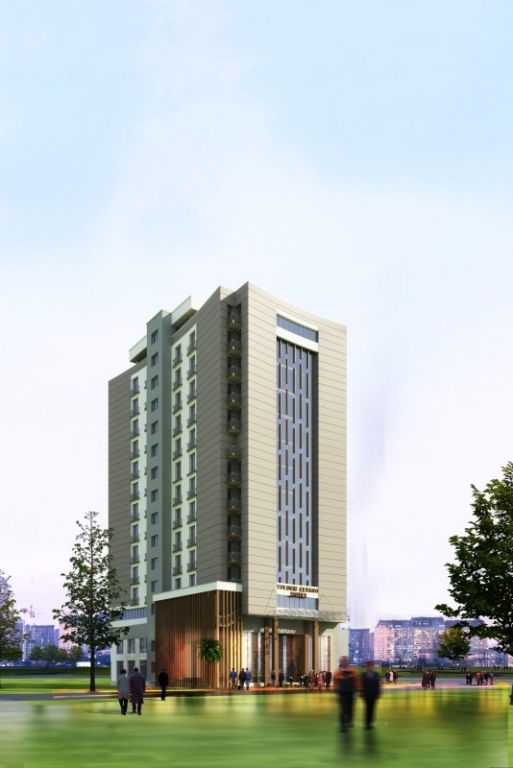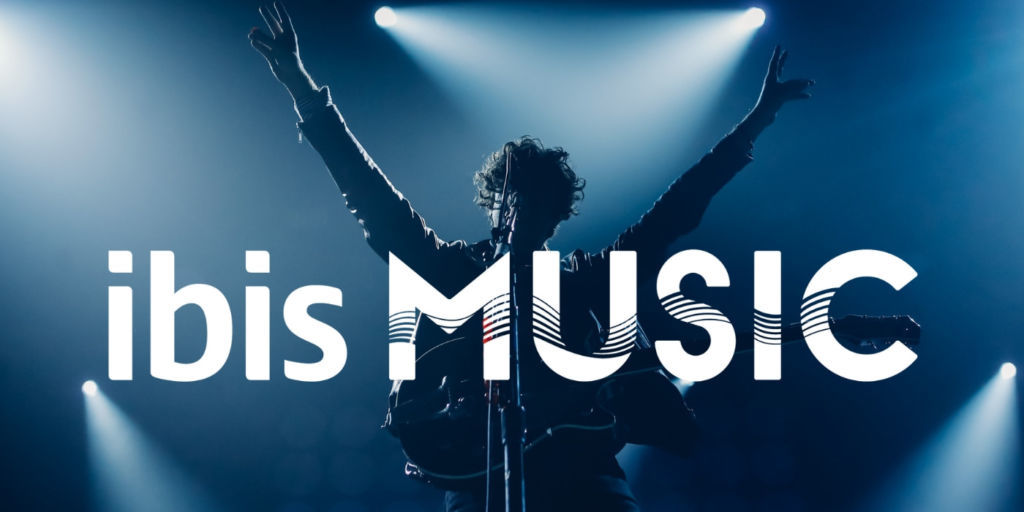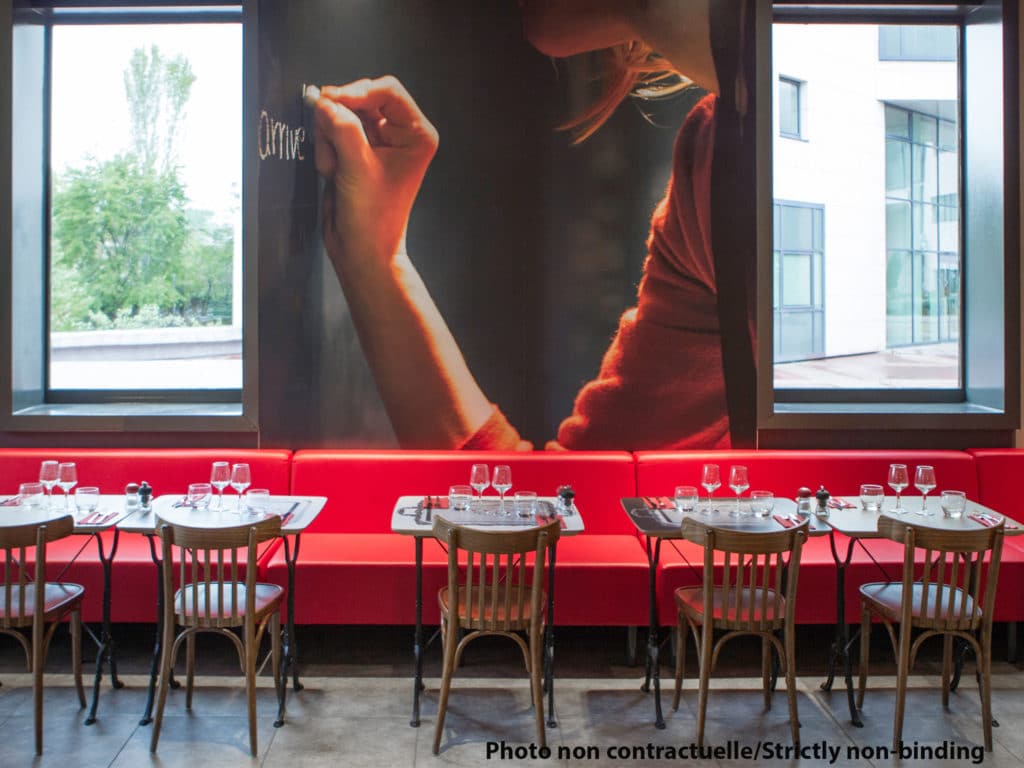In 2018, ibis is evolving and breaking the codes by offering a collection of new designs to offer you an ever more vibrant and memorable experience – whether you are staying at a hotel or just passing by. 3 concepts explained by Damien Perrot, SVP Design Solutions Accor, in Skift’s report “European Hospitality’s Creative Renaissance”.
What does European hospitality look like today? After giving you an overview of the current trends in the sector, and then taking an interest in JO&JOE and Mama Shelter – for their innovative character, Skift takes an interest in ibis.
ibis is the largest economy brand in Europe, with more than 750 hotels and 80,000 rooms in the region. While it consistently outperforms the competition, Ibis is not resting on its laurels. In fact, the brand is speeding into the future with an eye to updating design concepts to enhance the customer experience.
According to Damien Perrot, SVP Design Solutions for Accor, “Because the entire society is moving fast, the way people live and work, their needs and expectations, are in a constant evolution.”
“That’s why what was created 40 years ago with our original brands needs to be reinvented,” say Perrot, “putting the guest at the heart and keeping only the essential, the DNA of the brand. With Ibis, for example, we decided to challenge the original concept and define the design as if the brand were created today. We were looking to add more emotion, flexibility and personalization.”
Mobilisation internationale
In order to define the new design philosophy in ways that would resonate worldwide, Accor organized competitions among designers in South America, Europe, and Asia.
According to Damien Perrot, the competitors were sent the same design and marketing brief in order for them to understand the brand DNA and the ambition going forward.
The competition resulted in Ibis receiving a trifecta of concepts coming from three design firms. “Plaza” was developed by FGMF in Brazil, “Agora” by Innocad in Austria, and “Square” by Soda in Thailand. While the concepts of Plaza, Agora, and Square have similarities, according to Perrot, “what I can say to differentiate them is that Plaza is more trendy, Agora more modern and urban, and Square is minimalist.”
Agora
Describing the concepts in greater detail, Perrot calls Agora “a modular, flexible, and customized concept that is consistent in materialization and color throughout.” Attention to detail and the use of industrial materials impart a contemporary spirit to the rooms, where “guests find themselves in an evolving and personalized ambiance, thanks to adaptable elements” like modular furniture.
Plaza
The leitmotif of the Plaza concept is where “the city life comes inside the hotel as the street becomes an integral part of the lobby. Inaugurating a new pedestrian passage, the hotel creates a vivid gallery full of local atmosphere. Freed of walls and visual boundaries, the glass façade allows the optimal visual permeability to draw the attention of the passerby and invites everyone to step in. Rooms have been designed with a contemporary style, using the shelf as a key element for guests to use like a library or a curiosity display, to make your room feel like home.”
Square
Meanwhile, Perrot says ibis Square is highlighted by a ground floor space where “the lobby, café, and social areas are combined as one space.” This area is “clearly visible from the street with large storefront windows, and outdoor seating areas which extend and remove the usual boundary between hotel and street.” Guests stay in multi-functional, stylishly-designed rooms planned to comfortably accommodate work and sleep.
According to Perrot, “We now have three concepts for our investors worldwide to select from. All are very flexible, and can be adapted to create a personalized, local experience.” Among the elements they have in common, says Perrot, are “contemporary design, modularity of the space where guests can eat, drink, work, enjoy, and relax anywhere, anytime, and porosity with the street and openness to the neighborhood.” Additionally, all merge form and function with the primary aim “to make the guest experience easier and more beautiful.”



